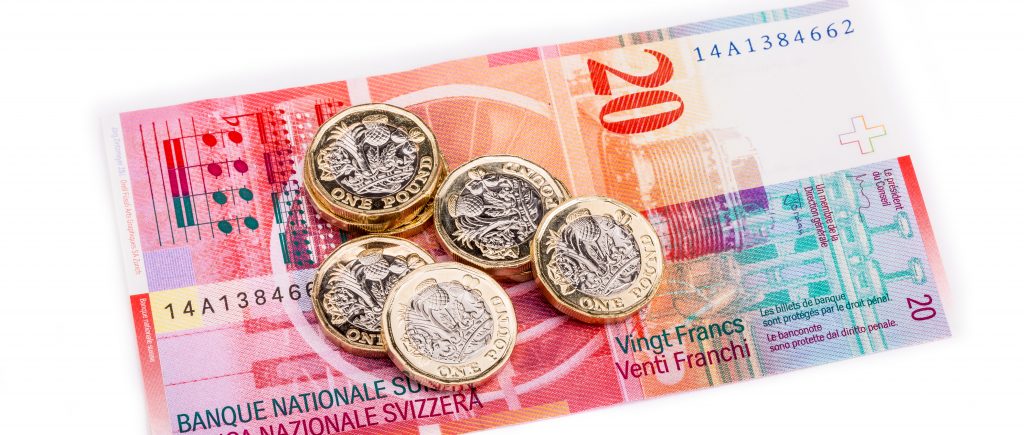The U.S. dollar inched higher on Friday, consolidating near a three-month peak as traders absorbed a relatively hawkish message from Federal Reserve Chair Jerome Powell and recalibrated expectations for another move in December. By 05:10 ET (09:10 GMT), the Dollar Index was up 0.1% at 99.380, extending Thursday’s momentum.
The Fed delivered a widely expected 25-basis-point reduction on Wednesday, but Powell’s press-conference caveat—that a similarly sized cut at the December 10 meeting is “far from” assured—kept a lid on dovish bets. Fed funds futures now imply roughly a 74.7% probability of a quarter-point cut next month, down from about 91.1% a week earlier, as the market weighs sticky inflation and a lack of timely labor data amid a government shutdown. With the jobs signal muted, Powell’s caution is carrying more weight in the near term, supporting the greenback.
In Europe, the euro was modestly firmer despite softer French inflation. EUR/USD edged up to 1.1570 after French CPI slowed to 0.9% year-on-year in October from 1.1% in September. Bloc-wide CPI due later in the session is expected to ease to 2.1% from 2.2%, reinforcing the European Central Bank’s decision on Thursday to keep the deposit rate at 2% for a third straight meeting. Policymakers again described policy as being in a “good place,” a formulation that leaves the bar high for additional easing and suggests incoming commentary will fine-tune, rather than rewrite, the outlook.
Sterling dipped as UK political noise returned to the foreground. GBP/USD slipped 0.1% to 1.3143 as investors weighed the risk that any surprise change at the Treasury could herald looser fiscal rules and higher borrowing at a time of elevated gilt issuance—an outcome that would likely add volatility to gilts and the pound even if a near-term resignation looks unlikely.
Across Asia, the yen handed back early gains after hotter-than-expected price data from the capital. USD/JPY rose 0.2% to 154.36 as Tokyo CPI for October beat forecasts, with core inflation pushing further above the Bank of Japan’s 2% target. While September industrial output topped expectations, retail sales lagged, underscoring a patchy growth mix. The BoJ left rates on hold Thursday, but Governor Kazuo Ueda reiterated that a hike remains possible if wage dynamics align with the bank’s projections—keeping a December move in play should data cooperate.
China’s currency softened marginally as USD/CNY ticked up to 7.1143 following a slightly weaker midpoint fix from the PBOC. Official purchasing managers’ indices showed manufacturing contracted for a seventh consecutive month in October, while the composite gauge hovered near the 50 threshold amid sluggish private demand and elevated U.S. tariffs. Even so, the yuan remains close to its strongest level in a year after months of firm daily fixings that have anchored expectations.
The Australian dollar drifted lower, with AUD/USD down 0.2% to 0.6542. A hotter-than-expected CPI print earlier this week tempered hopes for near-term Reserve Bank rate cuts, but global growth concerns and a sturdier dollar left the Aussie nearly 1% lower for October.
Overall, the dollar’s tone remains underpinned by Powell’s pushback against an automatic December follow-up cut, while the euro benefits from a steadier ECB and a gently cooling inflation backdrop. With eurozone CPI, U.S. data, and central-bank speak still to come, currency markets look set to remain headline-sensitive into the weekend.
 Noor Trends News, Technical Analysis, Educational Tools and Recommendations
Noor Trends News, Technical Analysis, Educational Tools and Recommendations





